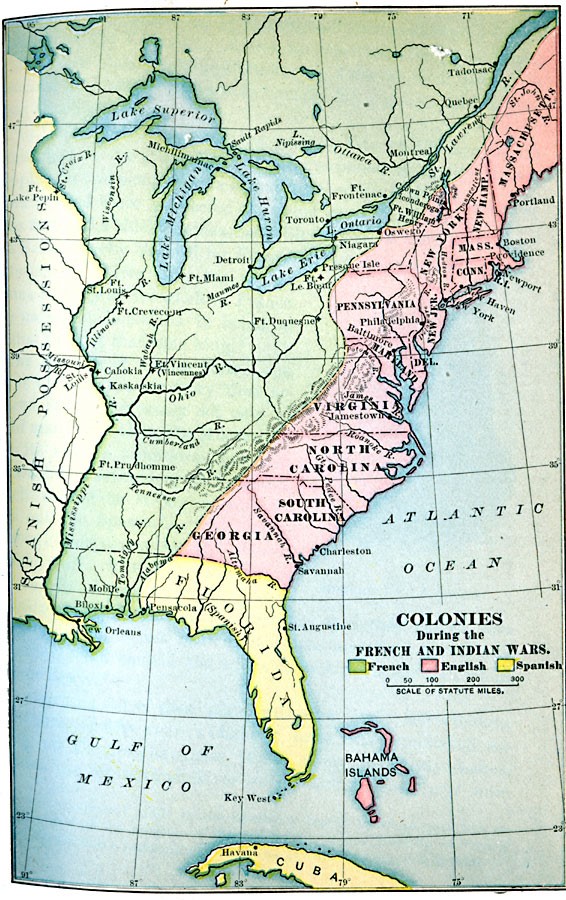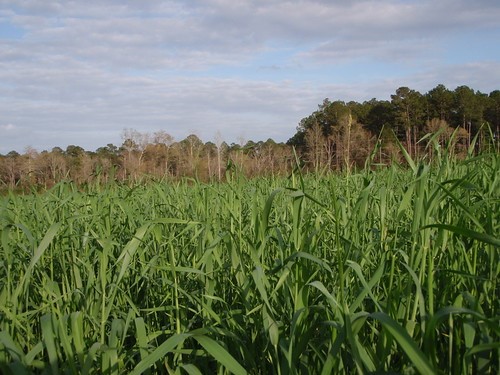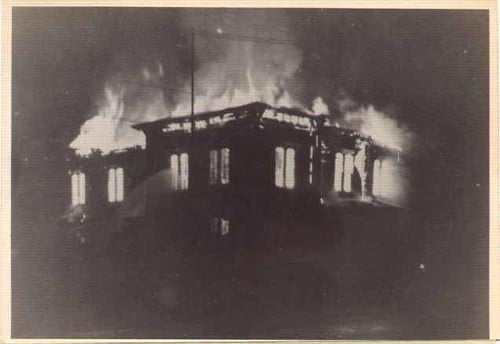Southeast United States Genealogy Research
 9
9Jul
The Deep South is known for its heat and humidity, churches on every corner, and good ol’ Southern food including fried chicken, banana pudding, and sweet tea. Some parts of the South are even known for swamps full of alligators. For the genealogist, this part of the United States is known as the Southeast region and consists of the states of Alabama, Florida, Georgia, Mississippi, and South Carolina. If you have ancestors here, this article will give you some pointers in researching them.
Southeast United States Genealogy Research
History
Georgia and South Carolina were among the thirteen English colonies that formed the United States. As such, they were involved in the American Revolution, having supporters on both sides. The first permanent settlement in South Carolina was in 1640. Georgia was founded in 1733 as an English colony and had non-English immigrants as early as 1734.
Alabama, Mississippi, and Florida had boundary changes between four different counties before becoming states. Florida was originally claimed by the Spanish in 1513 and the French attempted to settle it in 1564. The Spanish did not allow that and established their own first permanent settlement there. Meanwhile, what is now Mississippi and Alabama were part of the Louisiana territory which was in control of the French. These territories switched hands between the English, Spanish, and French in various treaties throughout the sixteenth and seventeenth centuries. Additionally, boundaries between these territories changed during this time. Ultimately these lands were ceded into the U.S. and eventually made into separate states.[i]

Because of all these boundary and jurisdiction changes in Alabama, Mississippi, and Florida, it is possible for one who lived in that area long enough to have been in four different countries without ever moving. Therefore, a genealogist researching families in these states needs to pay attention to when boundaries were changed as this affects where records were housed. Boundary changes also affect research in Florida and Georgia, but mainly at the county and state level.
Civil War
The southern economy continued to be based on agriculture while the North became more industrialized, so the South was far less willing to abolish slavery than the North was. It took the Civil War to end slavery in the United States, but this was not without destruction to the South. The devastation of the war affected the economies of the South and this explains the many burned courthouses. The post-Civil War reconstruction also affected the economies of the South, with some places never fully recovering.
Each of the states in the Southeast seceded from the Union prior to the Civil War. Many men in the South fought on the Confederate side, though some fought for the Union. African Americans who had escaped slavery usually fought for the Union, while some enslaved African Americans served in the Confederacy. We will later go into detail of how this affects research.
Records and research
Census records are a good place to begin research, especially in the nineteenth century and later. Of the Southeast states, only South Carolina is included in the 1790-1810 censuses. Georgia and Mississippi appear on the censuses as early as 1820, and Alabama and Florida appear on the censuses as early as 1830. All five states in the Southeast took state or territorial censuses at various times. To find out when your state took state censuses, go to this FamilySearch wiki page and select the desired state.
Because the South is known as the Bible Belt, church records are a good resource. Early religious influence included Roman Catholics, Huguenots, Quakers, Lutherans, and especially the Episcopalians (Anglicans). Over time, the popularity of Baptist, Methodist, and Presbyterianism increased. The Great Awakening of the early nineteenth century had a lot of influence in the Southeast, especially among women and African Americans. Churches for black people were established across the South.
Church records are a good place to find births and christenings, marriages, and deaths. These records can also help prove relationships. Knowing your ancestor’s religious denomination helps when researching church records. If you do not know your ancestor’s religious denomination, look for clues in other records and search churches in the area.
Probate and court records are a good resource, especially before the Civil War. These records give the location and date of estate actions and give names of heirs and how they are related to each other. In some cases, this is the only source of that information. Colonial probates would have been governed under different laws than probates during statehood, so colonial probate records may be housed differently than state probates. Also, note that probate records prior to the Civil War were destroyed in several counties; please see the burned courthouses section below for additional information.

Another good resource for pre-Civil War research is land and property records. Because the Southeast was an agricultural society, land was important. [ii]
“The land is the only thing in the world worth working for, worth fighting for, worth dying for, because it's the only thing that lasts"
—Gerald O'Hara, Gone With The Wind.
Georgia and South Carolina granted land to settlers based on the number of people in their households. Certain acreages were allowed for heads of household, women, children, slaves, and servants. Records of these land grants include the names and ages of the people in each household. Many colonial Georgia land records did not survive, but compilations occasionally exist.
Florida, Alabama, and Mississippi have early land grants from France, Spain, and England; records of these land grants are kept in their respective countries. When these states became part of the United States, there were land disputes over claims to the same land from three other countries. Consequently, people had to file their earlier land claims to prove they had a right to reside on their land.
To find resources to search land records, go to the Red Book online, select the state of interest from the list, then select [state] land records from the menu on the right. Here you will find historical information about land records in your chosen state as well as resources to search for land records.
If your ancestor served in the Civil War, military records will be a valuable resource for you. Many in the Southeast served in the Confederacy, though some served in the Union. African Americans who served in the Union would have been in a colored unit. If your ancestor or his widow or dependents filed for a pension, these records can give information about their service, marriage, and family members. Union veterans would have been able to file for pensions with the federal government, while Confederate veterans would have had to file for a pension with their state. This affects where your ancestor’s military records are housed. Fold3 contains records for both sides of the Civil War: 32 million for the Confederacy, and 43 million for the Union.
The South is sprinkled with small towns. In small towns, newspapers reported everything. If your ancestor lived in a small town, newspapers will be highly valuable in your research. Note that not all newspapers are digitized online, so it may be necessary to order microfilm, or contact the small town’s local library.
Burned courthouses

The South is notorious for burned courthouses. While many courthouses were destroyed in the Civil War, many were also destroyed by natural disasters such as hurricanes, tornados, and floods. Often the destruction of a courthouse meant the destruction of the records it housed. Sometimes only part of the courthouse was destroyed, or records within were rescued, so a burned courthouse does not necessarily mean all the records were destroyed.
The county pages within the FamilySearch wiki will state if a county suffered destruction of a courthouse and will usually state the date and nature of the disaster, as well as the scope of the record loss. When dealing with a burned county, it is more important than ever to meticulously track your research, keep track of where the family lived, and keep track of their associates. This information will be helpful in finding records despite the record loss.
If the county had multiple courthouses, search for records in the other courthouse. Also search for records of the family in neighboring counties and at different jurisdiction levels such as town and state records.
Here are some record types to keep in mind when researching burned counties:
- Land records were so important they were often recreated or re-recorded after a courthouse disaster.
- Deaths often generated more types of records than the other vital records.
- Local histories and biographies may have information about your ancestors or their associates. These may have been based on sources that were not destroyed.
- Tax records, if they were not stored at the courthouse that burned, can give information on ancestors.
- Newspapers were likely to survive a disaster because a copy would be somewhere away from the disaster.
African American research
We cannot talk about research in the Southeast without talking about African American research. This ethnicity is very challenging to research, especially before the Civil War when most African Americans were enslaved. During slavery, enslaved African Americans were viewed as property by their owners and recorded as such. Slave sales separated African Americans from their families, and these families sought to be reunited after emancipation.
Census records, both state and federal, taken after emancipation list the names of African Americans. Census records taken before emancipation would only name free African Americans while slaves would be listed on the slave schedules of the federal censuses. These were taken in 1850 and 1860 and listed the names of the slave owners, how many slaves they owned, and the ages and genders of their slaves.
The Freedman’s Savings and Trust Company was created during reconstruction to assist newly freed African Americans. The records they created contained information about the person and their family, and sometimes information about the former owner.
To research enslaved African Americans, it is important to know the name of the slave owner, and to research records that would list their slaves. Helpful records to search include wills, estate records, biographies, land records, journals, and local histories.
For additional information on researching African American ancestors, please see this FamilySearch wiki article and our previous blog posts on African American research.
If you need help researching your Southeast ancestors, Price Genealogy can help.
By Katie
Resources:
- Burned courthouses:
- https://www.familysearch.org/wiki/en/United_States_Genealogy
- https://wiki.rootsweb.com/wiki/index.php/Red_Book:_American_State,_County,_and_Town_Sources#Third_Edition_Table_of_Contents
[i] https://etc.usf.edu/maps/pages/7700/7701/7701.htm
[ii] "Closeup" by faul is licensed under CC BY 2.0
Have you done any Southeast United States genealogy work? Let us know in a comment below!
